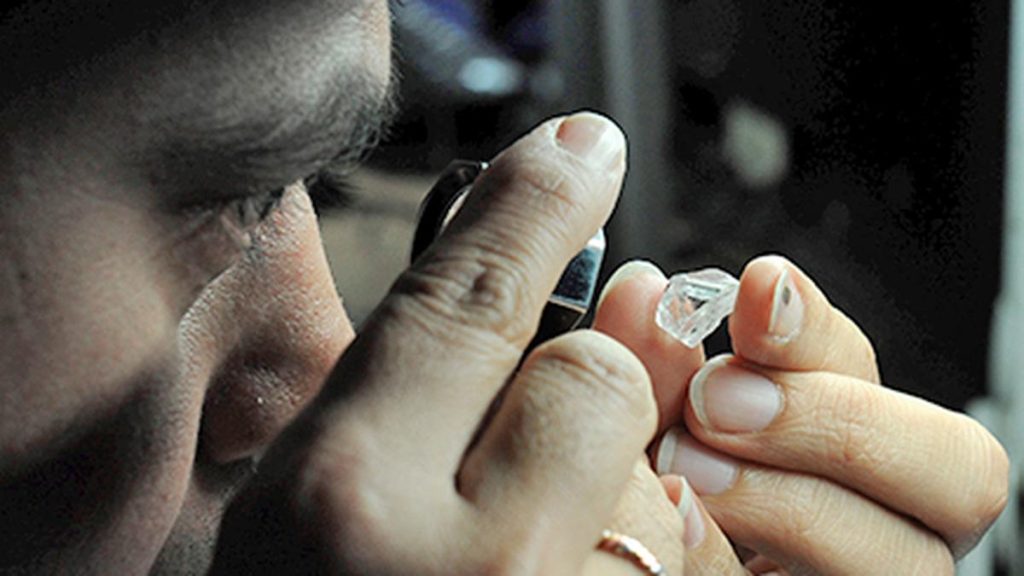Now Reading: NASA Combines Apollo Samples with LRO Data to Predict Moonquakes
-
01
NASA Combines Apollo Samples with LRO Data to Predict Moonquakes
NASA Combines Apollo Samples with LRO Data to Predict Moonquakes

Quick summary
- NASA scientists are studying the Moon’s seismic activity ahead of the Artemis III mission to its south polar region.
- Faults in the Moon’s crust, caused by contraction as its interior cools, generate moonquakes.
- Apollo-era seismometers recorded thousands of moonquakes between 1969 and 1977; a magnitude 5.0 quake is among the strongest observed but lasts longer than Earthquakes and poses risks to lunar structures or equipment.
- researchers Thomas Watters and Nicholas Schmerr developed a method to estimate quake magnitudes by analyzing boulder movements and landslides near lunar faults using lunar Reconnaissance Orbiter (LRO) data.
- A study focused on Lee-Lincoln fault in Taurus-Littrow valley found that magnitude 3.0 moonquakes occur approximately every 5.6 million years there, suggesting similar faults remain active today.
- Findings from this study assist NASA in planning infrastructure placement for safety against seismic risks during long-term missions.
- Future missions will deploy new instruments like the Farside Seismic Suite seismometers and Lunar Environment Monitoring Station payload for further analysis of seismic hazards.
[Image: No images were provided in source text.]
Indian Opinion Analysis
India has growing aspirations for lunar exploration through ISRO’s Chandrayaan program, making NASA’s new findings on lunar seismic activity highly relevant. insights into moonquake prevalence around active faults could inform safety measures for India’s future lunar missions-especially as international collaborations around Artemis-like initiatives grow more plausible under agreements such as Artemis Accords or multilateral partnerships within commercial-space developments.
Moreover, India’s clear interest lies in harnessing potential resources from regions like the Moon’s south pole, where frozen water deposits have been detected-a critical area challenging engineers with threats posed by land movement or prolonged quaking incidents described here unless mapped safely tech designs/concepts optimize avoidances ensure crew/unmanned robotics nor satellite liable
























